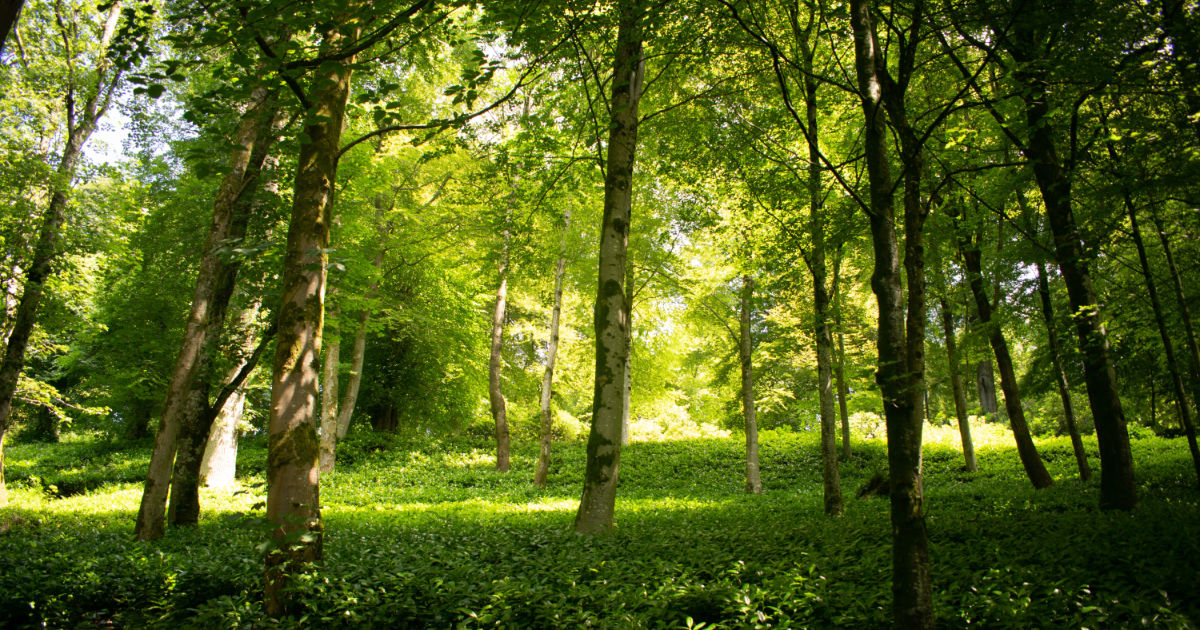Colors were once a part of our life. One just had to look around and see brilliant colors. The world’s oldest color was bright pink. By crushing 1.1-billion-year-old rocks found beneath the Sahara Desert, it was discovered. In India it is known as Rani Pink, and in English as shocking pink.
The main colors used in ancient times were red, yellow, green, blue and black. The first shade of purple was produced from Bolinus brandaris sea snails. Purple was a royal color and it symbolized wisdom, power, spirituality, luxury, wealth and nobility. Blue originated in 2,200 BC; it was created by the Egyptians. It was composed from a mixture of sand, ground limestone and copper containing minerals. The blue dye for textiles was indigo, which came from the crop Indigofera tincturia.
What has happened in the 21st century?
The covid epidemic has changed us. We are looking at Black, grey and white as the colors of choice. Affluence is associated with these colors. However, what is worse is that the rising global temperatures are turning blue lakes into brown. As the snow melts, the once pure white has changed into grey. The colors of autumn are becoming less brilliant. Pollution has also added to the change in the colors of the sky. At night often one cannot see the stars and their silver light.
Where is this heading? Our emotional state is being affected. People are feeling isolated and disconnected. Therefore, darker shades of Black, grey, brown are being selected. Researchers have found that we are being overstimulated by our phones and screens, therefore muted colors are more appealing.
In India, a three-year study was conducted on urban Indians between the ages of 15-32, and it was found that 28% out of 400 subjects selected black as their favourite color. Kaustav Sengupta, the Psychologist who conducted this study believes that liking black comes from seeking rest and quiet. Black was associated with both distress and serenity.
How do we return to a fulfilling life?
A life where we accept ourselves and vow not to ill treat nature. Become committed to the long-term preservation of the environment and natural resources. We make sure that the future generations will have access to these resources and follow in our footsteps.
Each one of us can do it and then collectively we become a community, seeking the restoration of the natural colors to mother nature. We become inclusive and do not feel excluded. We are not alone and therefore the practice of atmabhava is inculcated in us. We engage in eradicating poverty, disease and war.
Welcome back the blue sky, clear water, green forests, white snow and the blazing colors of the leaves, flowers and fruits. Our reflections are joyous and colourful.
Aim Hrim Klim
Photo by Deb Barnes on Unsplash

